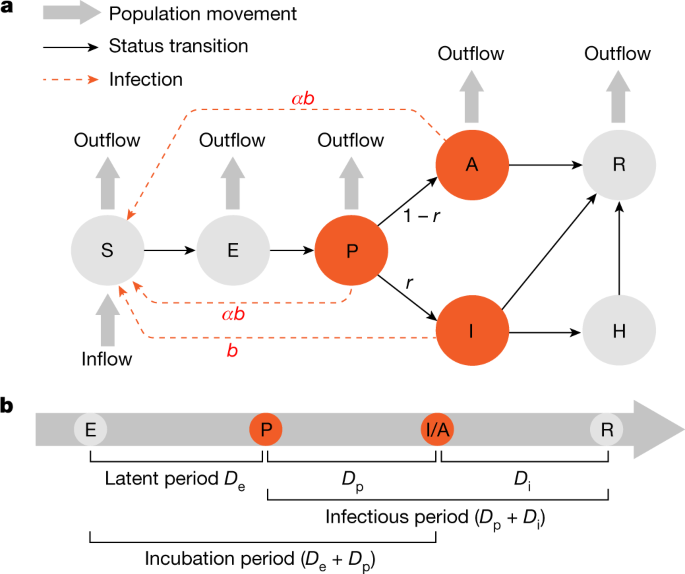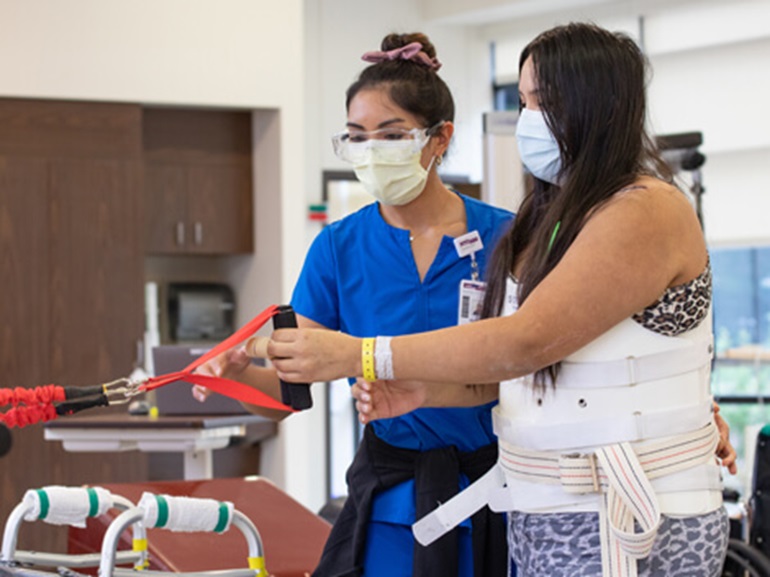
Unveiling Epidemic Transmission: Decoding Insights from Modeling Studies
In the realm of public health, understanding and predicting the transmission dynamics of epidemics are paramount. This article explores the significance of epidemic transmission modeling studies, shedding light on how these studies contribute to our knowledge, preparedness, and response strategies in the face of infectious diseases.
The Science of Modeling: Predicting Epidemic Dynamics
Epidemic transmission modeling is rooted in the science of mathematical and computational models. These models simulate the spread of infectious agents within populations, taking into account various factors such as population density, contact patterns, and the effectiveness of interventions. By predicting epidemic dynamics, these studies provide valuable insights into the potential course of an outbreak.
Early Warning Systems: Anticipating Outbreaks
One of the primary contributions of epidemic transmission modeling studies is the development of early warning systems. These systems use real-time data and predictive models to anticipate potential outbreaks. By identifying patterns and trends, public health authorities can implement preventive measures and allocate resources proactively, mitigating the impact of the epidemic.
Optimizing Intervention Strategies: A Tactical Approach
Modeling studies play a crucial role in optimizing intervention strategies. Researchers can simulate the impact of various interventions, such as vaccination campaigns, social distancing measures, and quarantine protocols. This allows for a tactical approach in identifying the most effective combination of interventions to control transmission and minimize the spread of infectious diseases.
Understanding Transmission Dynamics: Factors at Play
Epidemic transmission modeling studies delve into the intricate dynamics of how infectious agents spread within populations. Factors such as the basic reproduction number (R₀), transmission rates, and the impact of immunity are explored. Understanding these dynamics is essential for devising targeted strategies that disrupt transmission pathways and enhance epidemic control.
Population Vulnerability Assessment: Identifying High-Risk Groups
Modeling studies help assess population vulnerability by identifying high-risk groups. Whether due to demographic factors, pre-existing health conditions, or behavioral patterns, certain groups may be more susceptible to severe outcomes. Recognizing and targeting these high-risk populations allows for a more nuanced and targeted public health response.
Scenario Planning: Preparing for Uncertainty
In the unpredictable landscape of epidemics, scenario planning is a valuable tool facilitated by modeling studies. Researchers can simulate various scenarios, considering different variables and uncertainties. This approach helps public health agencies and policymakers prepare for a range of possibilities, enhancing adaptive strategies in the face of evolving epidemic dynamics.
Global Impact Assessment: Beyond Borders
Epidemic transmission knows no borders, making global impact assessment crucial. Modeling studies contribute to understanding how epidemics can propagate across regions and continents. This global perspective informs international collaboration, resource allocation, and coordinated response efforts to prevent the cross-border spread of infectious diseases.
Data-Driven Decision-Making: Enhancing Precision
Modeling studies provide a data-driven foundation for decision-making. By utilizing real-time data and incorporating it into models, public health officials can make informed and precise decisions. This approach enhances the precision of interventions, resource allocation, and public health messaging, ultimately improving the effectiveness of epidemic control strategies.
Continuous Refinement and Learning: Adapting Strategies Over Time
The dynamic nature of epidemics requires continuous refinement of strategies. Epidemic transmission modeling studies contribute to ongoing learning by allowing researchers to update models based on emerging data and insights. This adaptive approach ensures that strategies remain relevant and effective as the understanding of epidemic dynamics evolves.
In conclusion, epidemic transmission modeling studies are invaluable tools in our arsenal against infectious diseases. From predicting outbreak dynamics to optimizing interventions and preparing for uncertainty, these studies contribute significantly to our ability to navigate and control epidemics. To delve deeper into the world of epidemic transmission modeling studies, visit healthcares.my.id.













